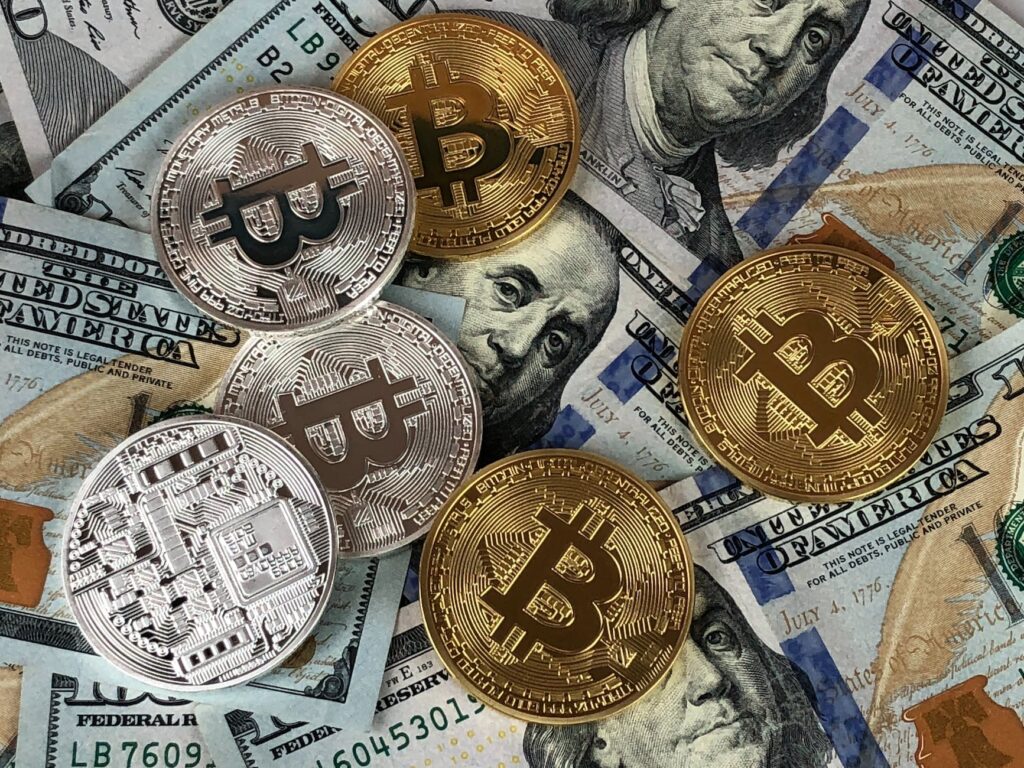
Introduction
In the digital age, data security is of paramount importance as businesses and individuals navigate an increasingly interconnected world. Cyberattacks, data breaches, and identity theft pose significant threats to the integrity and privacy of sensitive information. Blockchain technology has emerged as a powerful tool in enhancing data security by providing a decentralized, immutable, and transparent platform for storing and managing data. In this blog, John JD Mattera will explore how blockchain technology strengthens the security of the digital economy and safeguards sensitive information against cyber threats.
1. Decentralization and Immutability
One of the key features of blockchain technology is its decentralized nature. Unlike traditional centralized systems where data is stored in a single server or database, blockchain operates on a distributed network of nodes. Each block in the blockchain contains a cryptographic hash of the previous block, creating a chain of linked data that is immutable and tamper-proof. Once data is recorded on the blockchain, it cannot be altered or deleted, providing an added layer of security against unauthorized changes or data manipulation.
2. Encryption and Privacy
Blockchain employs sophisticated cryptographic techniques to encrypt data, ensuring that sensitive information remains secure and private. Access to data on the blockchain is controlled through cryptographic keys, and only authorized parties with the correct private keys can access and view the data. This encryption ensures that data is protected from unauthorized access, providing individuals and businesses with greater confidence in the security of their information.
3. Transparent and Auditable Transactions
While blockchain provides robust privacy measures, it also offers transparency and auditability. Every transaction recorded on the blockchain is visible to all participants in the network, ensuring transparency in data exchanges. However, the identities of individuals involved in the transactions can remain anonymous through the use of cryptographic keys. This combination of transparency and privacy creates a secure and auditable environment, where all data changes are visible and traceable, enhancing trust and accountability in the digital economy.
4. Consensus Mechanisms and Data Integrity
Blockchain employs various consensus mechanisms, such as Proof-of-Work (PoW) or Proof-of-Stake (PoS), to validate and confirm data transactions on the network. Consensus mechanisms ensure that all participants in the network agree on the accuracy and validity of the data before it is added to the blockchain. This process prevents data tampering and ensures the integrity of the data stored on the blockchain, making it a highly reliable and secure method for data management.
5. Resilience to Cyberattacks
The decentralized nature of blockchain makes it inherently resilient to cyberattacks. Traditional centralized databases are vulnerable to single points of failure, as an attack on the central server can compromise all data stored within. In contrast, blockchain’s distributed nature means that an attacker would need to target multiple nodes simultaneously, making it far more challenging to compromise the entire network. This resilience to cyberattacks makes blockchain an attractive solution for securing critical data in the digital economy.
Conclusion
Blockchain technology is playing a vital role in securing the digital economy by providing decentralized, immutable, and transparent data management. The combination of decentralization, encryption, transparency, and resilience to cyberattacks makes blockchain a powerful tool for safeguarding sensitive information against threats in the digital landscape. As businesses and individuals increasingly rely on the digital economy, adopting blockchain technology for data security can pave the way for a more secure and trustworthy digital future, where data privacy and integrity are protected.